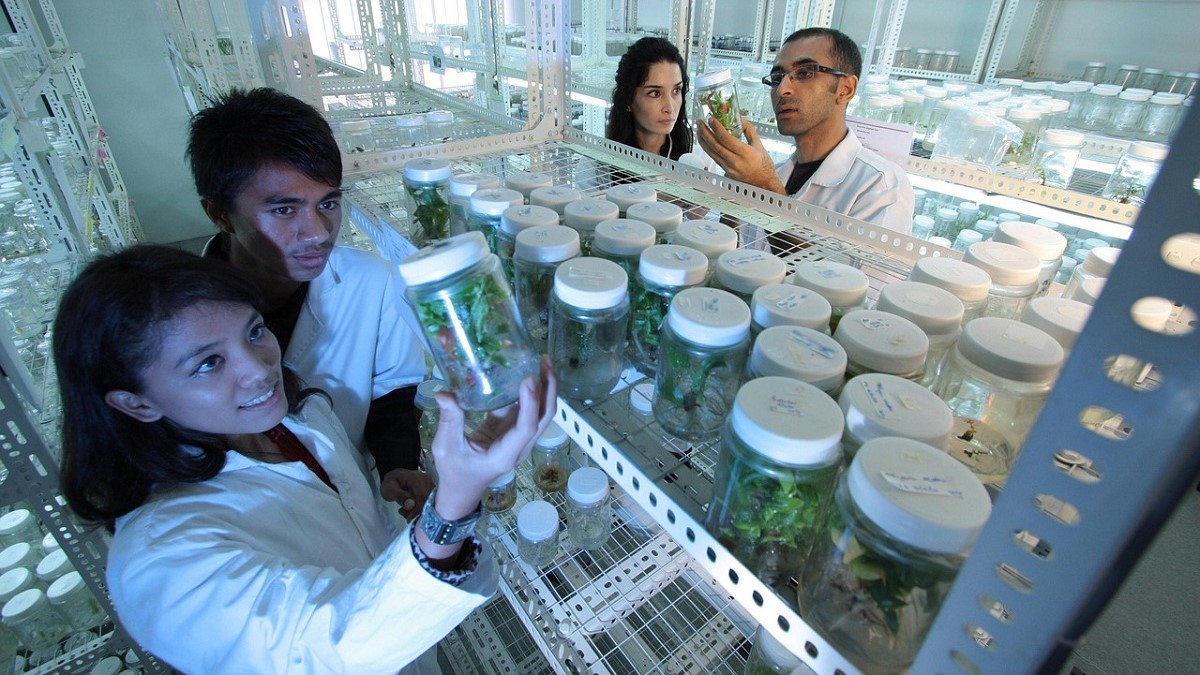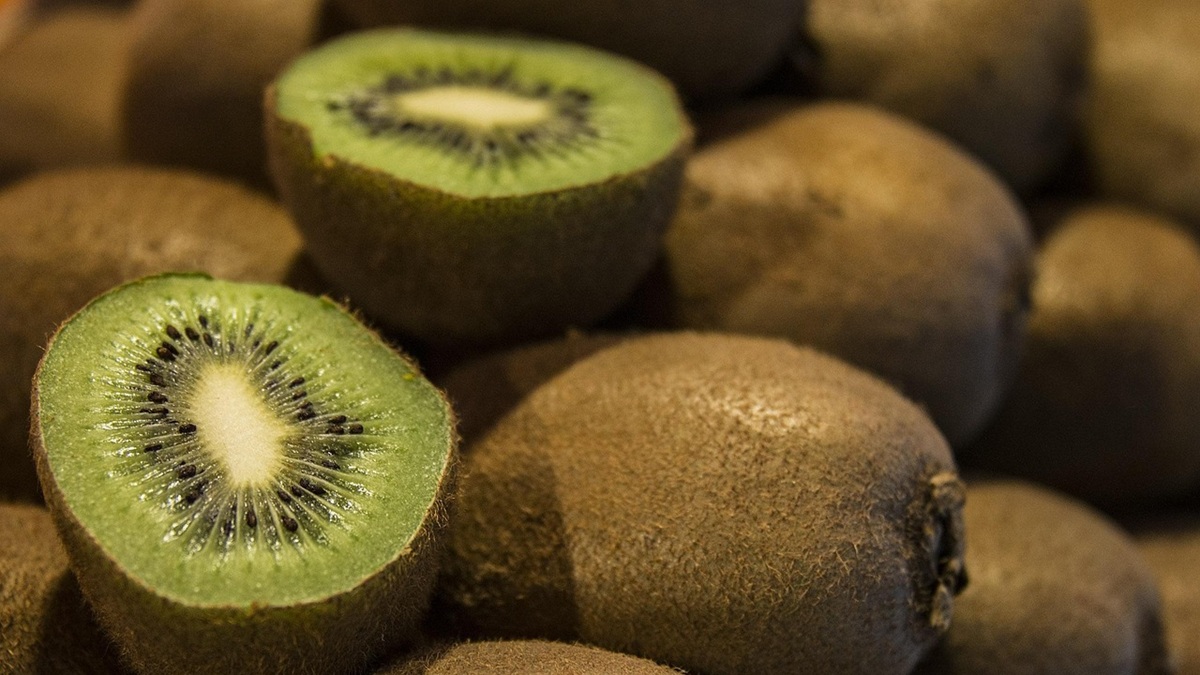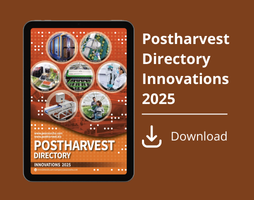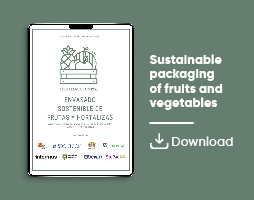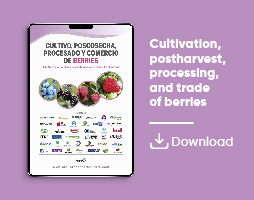Actualidad
IVIA Researchers Develop Antifungal Edible Coatings to Control Brown Rot in Plums
Researchers from IVIA and CONICET have developed edible coatings with natural compounds capable of significantly reducing brown rot in plums. This alternative to synthetic fungicides improves postharvest preservation without compromising fruit quality
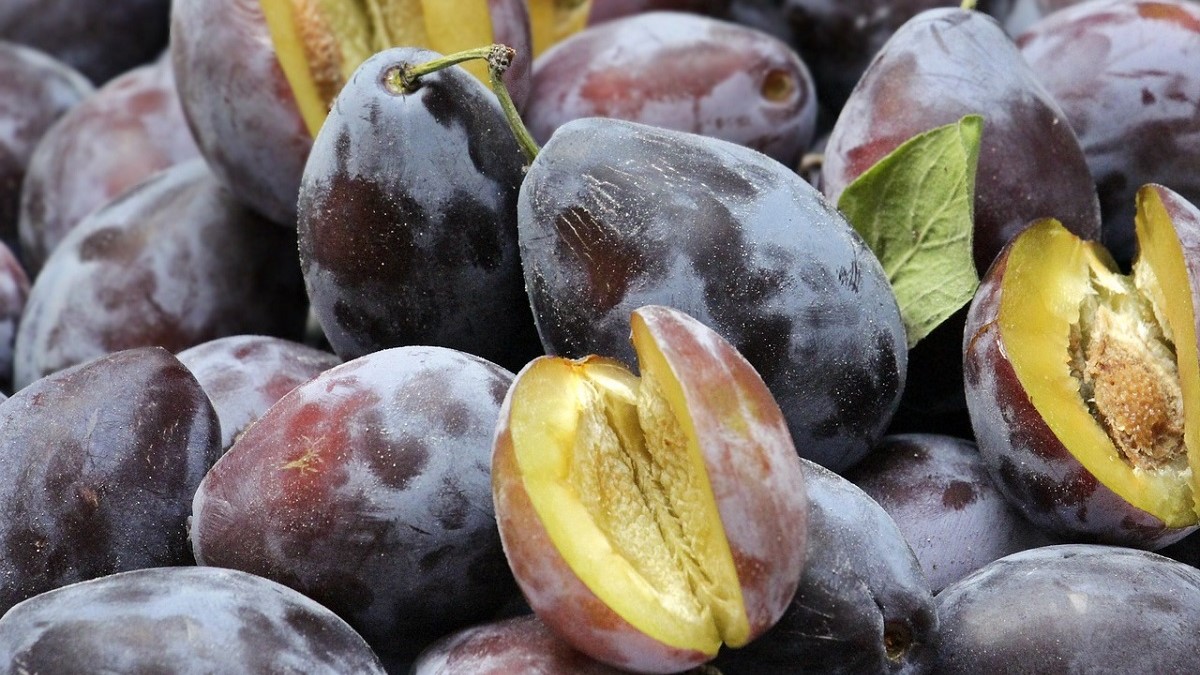
Redaccion
Brown rot caused by Monilinia fructicola is one of the main postharvest threats to Japanese plum (Prunus salicina), leading to significant economic losses worldwide. This fungal disease affects the fruit during storage and distribution, and its control has traditionally relied on synthetic fungicides.
Growing concerns about food safety, pathogen resistance to conventional treatments, and market demands regarding residues have driven the search for more sustainable alternatives. To address this need, a research team from the Postharvest Technology Center (CTP) of IVIA, in collaboration with CONICET and the National University of Mar del Plata (Argentina), has developed antifungal edible coatings as part of a non-polluting integrated disease management (NPIDM) strategy.
Natural formulations as a sustainable alternative
These coatings were formulated using a matrix of hydroxypropyl methylcellulose (HPMC) and beeswax (BW), combined with various antifungal ingredients selected after rigorous in vitro testing. These ingredients include food additives recognized as safe (GRAS)—such as potassium sorbate, sodium methylparaben, and sodium ethylparaben—as well as natural compounds with antimicrobial activity, such as geraniol, citronella oil, and myrrh extract. These substances were chosen for their proven efficacy against pathogens and their compatibility with edible formulations.
Analysis of antifungal performance
The effectiveness of the coatings was evaluated through in vivo trials on three commercial plum varieties: ‘Friar’, ‘Larry Ann’, and ‘Black Gold’. The fruits were artificially inoculated with M. fructicola 24 hours before treatment and then stored at 20 °C for 8 to 10 days. The results showed significant reductions in the incidence and severity of brown rot, with decreases ranging from 50% to 70% compared to untreated controls.
Subsequent cold storage trials were conducted to assess the coatings’ stability and their impact on fruit quality during extended storage. The ‘Friar’ and ‘Angeleno’ varieties were coated with the most promising formulations and stored at 1 °C and 90% relative humidity for 3 to 6 weeks, followed by a simulated shelf life period of 4 to 5 days at 20 °C. Key parameters evaluated included weight loss, firmness, color, soluble solids content, titratable acidity, and sensory attributes.
Most effective formulations and their advantages
Formulations containing 0.1% sodium methylparaben, 0.1% sodium ethylparaben, or 0.5% myrrh extract were the most effective, achieving significant control of brown rot without negatively affecting the physicochemical or sensory quality of the plums. These formulations showed good adherence to the fruit, stability during storage, and no adverse effects.
This work represents a significant step toward developing sustainable and environmentally friendly solutions for postharvest disease control. The possibility of incorporating these edible coatings into zero-residue or organic certification programs meets the growing demands of consumers and international markets for sustainability.
The results were presented in Thessaloniki (Greece) at the “Botryscleromoni 2025” conference, where the authors delivered an oral presentation titled “Antifungal edible coatings for postharvest control of plum brown rot caused by Monilinia fructicola”, included in the Book of Abstracts, page 85.
Sources
Palou, L., Alvarez, M. V., Taberner, V., Pérez-Gago, M. B. 2025. Antifungal edible coatings for postharvest control of plum brown rot caused by Monilinia fructicola. Book of Abstracts Botryscleromoni 2025, Thessaloniki, Greece, p. 85. https://hdl.handle.net/20.500.11939/9071


